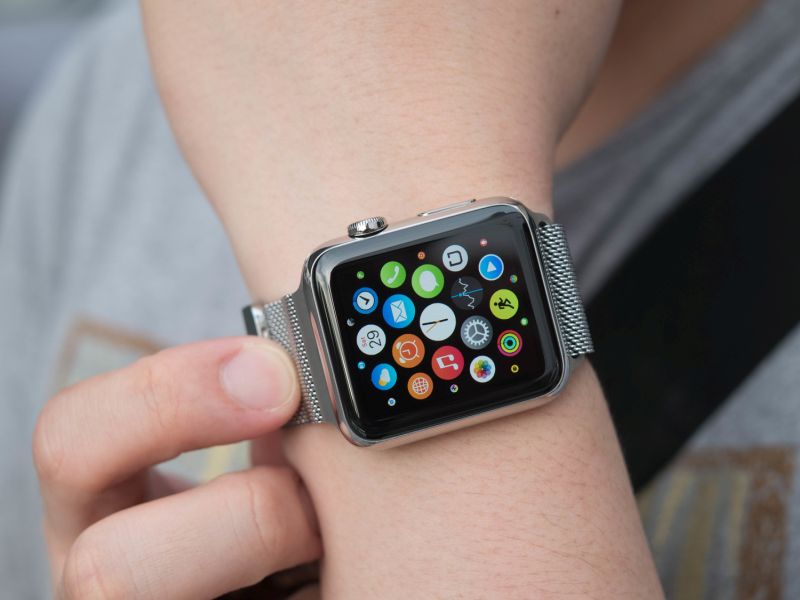
A doctor armed with your Apple Watch might be able to tell if you're suffering from a heart attack, researchers report.
A physician should be able to gather enough heart rhythm data by placing the watch's sensors on different parts of your body, to judge whether a person is in the middle of a heart attack, the study found.
"Any Apple Watch series 4 and 5 can be used," said report author Dr. Miguel Angel Cobos Gil, a cardiologist with the Hospital Clinico San Carlos in Madrid, Spain. "You don't need any modification or accessory."
However, you do need to be able to interpret an electrocardiogram (ECG), so this is a trick that Apple Watch owners won't be able to do on their own, Cobos Gill added.
"Definitely, a lay person cannot interpret an ECG," he said. "The electrocardiogram should be interpreted by a doctor or health personnel with knowledge of electrocardiography."
In his report, Cobos Gil argued that an Apple Watch could collect heart data normally gathered by a number of different electrical leads pasted on the body.
The user would take readings by laying the watch across the wrist and calf of the potential heart attack patient, and then by laying the watch and its strap across their chest, the paper said.
The Apple Watch saves this ECG data, and it can be sent to the cardiologist who eventually treats the patient, Cobos Gil said. He's currently working on an app that could guide a user through this process.
The findings were published Nov. 25 in the Annals of Internal Medicine.
The idea is "very clever," said Dr. Alfred Sacchetti, chief of emergency services at Our Lady of Lourdes Medical Center in Camden, N.J. He wasn't involved with the study.
The Apple Watch information can't rule out a heart attack but can strongly suggest that one is occurring, Sacchetti said.
"In all honesty, if you're looking at all of the leads they show, you have enough data to diagnose a heart attack," he said.
One possible example might be someone suffering chest pain on a plane. A doctor on board could use the Apple Watch to read their ECG and then argue that pilots should land the plane immediately because this is likely a heart attack, Sacchetti said.
American College of Cardiology Past President Dr. C. Michael Valentine also reviewed the paper and called it "very interesting," but added he's worried it will give people with chest pains some false comfort if they try to do this on their own.
"The problem is of people thinking that 'I have symptoms but my wearable device does not tell me I'm having a heart attack, so maybe I don't need to go to the emergency room,'" said Valentine, co-chair of the Cardiovascular Leadership Institute at Centra Health in Lynchburg, Va.
"Wearables are a tremendous advance and can be helpful, but we need to be cautious that patients do not depend on them completely," Valentine concluded.
This application of the Apple Watch might have more promise in developing countries, where access to ECG machines is limited, Sacchetti said.
"Honestly, you could see in some areas of the world, this would be a substitute for an electrocardiogram," Sacchetti said.
Sources: Miguel Angel Cobos Gil, M.D., Ph.D., cardiologist, Hospital Clinico San Carlos, Madrid, Spain; Alfred Sacchetti, M.D., chief, emergency services, Our Lady of Lourdes Medical Center, Camden, N.J.; C. Michael Valentine, M.D., co-chair, Cardiovascular Leadership Institute at Centra Health, Lynchburg, Va.; Nov. 25, 2019, Annals of Internal Medicine.







0 Comments